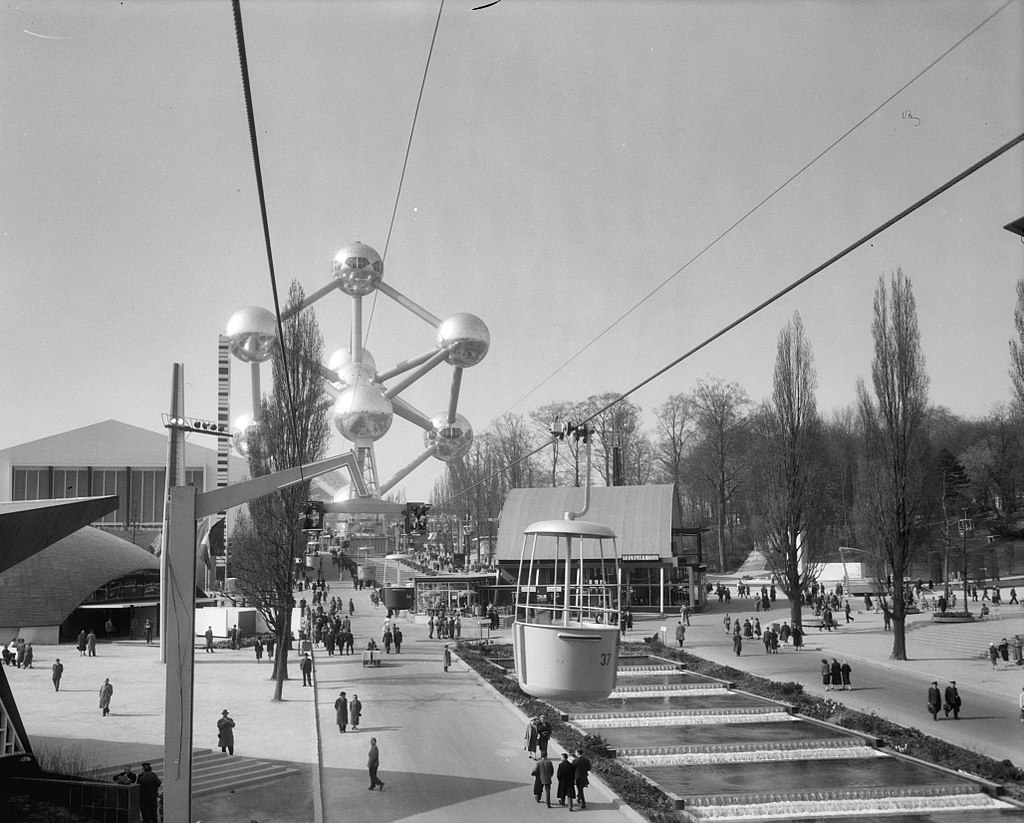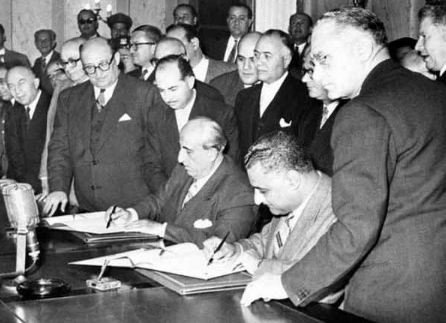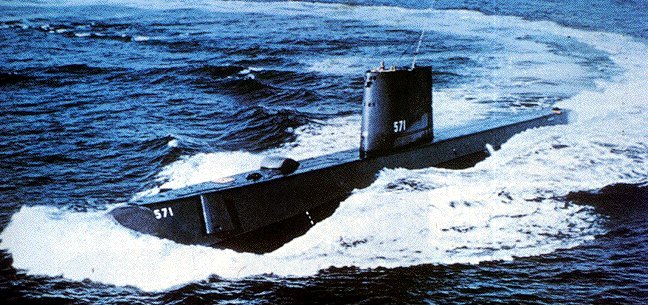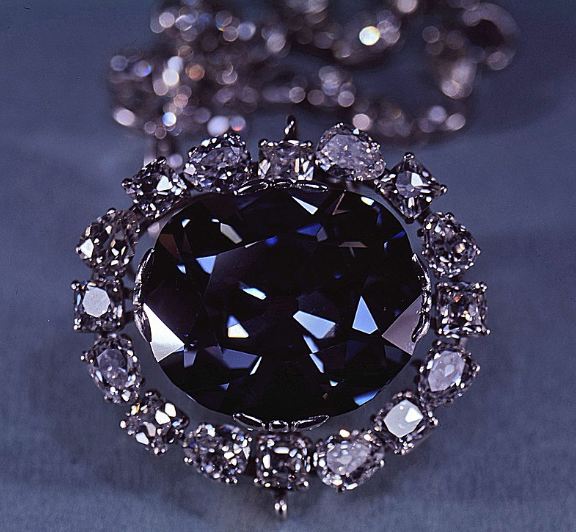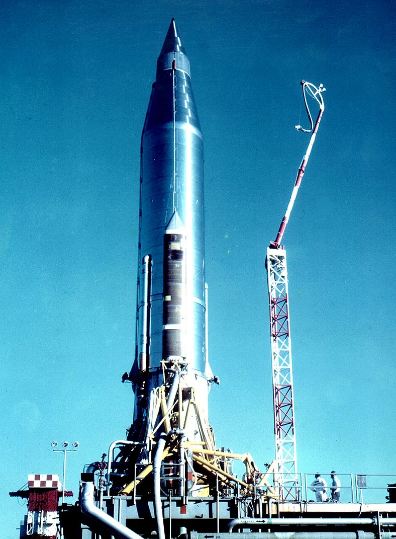1958 was when the United States launched its first satellite, Dwight D. Eisenhower created NASA, and several other political events took place. These events were the newspaper headlines from 1958, which covered the economy and sports as well. Let’s discuss some more important historical events.
Syria and Egypt
Egypt and Syria become politically unified during February with the creation of the United Arab Republic. In the creation of the Pan-Arab state in the Middle East, the first step of the attempt was the establishment of UAR. Shukri al-Quwatli, the president of Syria, and Gamal Abdel Nasser, president of Egypt, worked together to form the merger.
After the Syrian counterpart of Nasser stepped down, he became the leader of the United Arab Republic (UAR). In that month, both the countries held referendums, allowing the citizens of Egypt and Syria to vote on the concerned matter. The creation of the UAR gained overwhelming votes in its favor.
After the declaration of Syria as an independent state after a military coup, the United Arab Republic dissolved in September 1961.
Brussels World’s Fair
In Brussels, Belgium, Expo 58 took place during April. After World War II, this was the first organized significant World’s Fair with the previous World’s Fairs that held during 1939 and 1940 in New York. The site of the 1935 Brussels International Expo and Expo 58 was the same and spanned about 490 acres.
The Expo 58 featured many pavilions that showcased engineering, architecture, arts, science, and several countries along with their accomplishments and cultures. The unusually shaped building, Atomium, was the main attraction of the fair.
Creation of United Kingdom’s Peace Symbol
Gerald Holton, a British designer, created the peace symbol during February. He drew the peace symbol in the preparation of Aldermaston Marches organized by the Direct Action Committee (DAC) and began in April. The Campaign for Nuclear Disarmament (CND), another prominent anti-nuclear weapon group, adopted the peace symbol as its logo. The Holton’s peace symbol became worldwide peace’s international symbol since it was not copyrighted.
The Microchip
Robert Noyce (of Fairchild Semiconductors) and Jack Kilby (of Texas Instrument) co-invented the chip. Later, Intel developed and marketed the microchip in the United States.
Soviet Union – Sputnik 3 Launched
The Soviet Union, on 15th May, successfully launched the Sputnik 3 satellite. The Sputnik 3 satellite’s mission was to orbit the Earth and study the composition of cosmic rays and the atmosphere. It carried two experiments into space and was the largest satellite ever launched at that time. Sputnik was cone-shaped and weighed nearly 3,000 pounds.
Before re-entering Earth’s atmosphere in April 1960, the Sputnik 3 remained operational for 692 days, and it disintegrated upon re-entry.
USS Nautilus Reaches the North Pole
In the first underwater journey to the geographic North Pole during August, the first nuclear submarine, the USS Nautilus, successfully crossed under the North Pole. Commander William R. Anderson captained the submarine and carried 111 officers, four civilians, and a crew.
Point Barrow, Alaska, was the beginning region of the tour of the submarine. And it traveled at a depth of about 500 feet for over 1000 miles under the Arctic ice cap. After reaching the North Pole, the Nautilus stopped near Iceland (kept traveling until it reached the Atlantic Ocean).
Launch of Vanguard 1 Satellite
Vanguard 1 was the first successful satellite of 1958, following the three previous successful satellites, Sputnik 1 and Sputnik 2 of the Soviet Union and Explorer 1 of the United States. It was the first solar-powered satellite that the United States launched in March. Vanguard 1 had a diameter of 6.4 in (16.5 cm) and weighed less than 2 kilograms.
The mission purpose of the Vanguard 1 satellite was to see the environmental effects of satellites and test the capabilities of a three-stage launch vehicle.
Hope Diamond
In November, Harry Winston, a jeweler, donated Smithsonian Institution the Hope Diamond. The history of the legendary blue-hued, 45.52-carat can be traced back to the mid-1600s when it was bought from India’s mine and sold to King Louis XIV of France. Until the late 1700s, the Hope Diamond remained in the hands of French rulers and then got stolen.
Until the early 1910s, the Diamond ended up with Henry Philip Hope’s family and then acquired by Pierre Cartier, who sold it to Evalyn Walsh McLean, the US heiress after re-setting. Harry Winston purchased the Hope Diamond after the death of McLean in 1947. He showed it at events and exhibits and then donated it to Smithsonian. The Diamond has remained there ever since.
SCORE Satellite
In December, Cape Canaveral launched the Signal Communications Satellite Relay Equipment (SCORE). SCORE was the first satellite of the world and used for the experimental purpose of finding out the problems related to satellite communications and its working procedure. The Defense’s Advanced Research Projects Agency (ARPA) of the US Department overseen and funded the creation of SCORE.
While its 35 days in orbit, the satellite performed experiments for about twelve days.
Science Events in 1958
Project Mercury
The initiation of Project Mercury by NASA to put a man in space within two years started this year. Dwight D. Eisenhower, president of the United States, created the National Aeronautics and Space Administration (NASA) by signing the National Aeronautics and Space Act into law.
Established on 29th July, NASA was with the mission of peaceful scientific applications of aeronautic and to reach aerospace. A civilian-oriented agency, NASA, replaced the Military-based National Advisory Committee for Aeronautics. The first administer of NASA was T. Keith, appointed by President Eisenhower.
First Transatlantic Jet Passenger Service
British Overseas Airways Corporation (BOAC) started the first transatlantic jet passenger service, with a New York to London route on 4th October. The Explorer I satellite confirmed the existence of a radiation belt surrounding the Earth, named the Van Allen belt. In January, the United States launched its first satellite, Explorer I. The first satellite of the world was launched in October of the previous year by the Soviet Union.
The purpose of launching Explorer I was to measure the radiation in the orbits of Earth. Before re-entering the atmosphere in 1970, it successfully orbited Earth over 58,000 times. In the earliest years of the space between the Soviet Union and the United States, the success of the Explorer I satellite was a crucial milestone.
Entertainment Events in 1958
- Establishment of the American Dance Theatre by Alvin Ailey.
- The induction of Elvis Presley into the United States Army on 24th March.
- ‘Poor Little Fool’ of Ricky Nelson boasted the no. 1 record.
Popular Books of 1958
- Truman Capote, Breakfast at Tiffany’s
- Jack Kerouac, The Subterraneans, The Dharma Bums
- Theodore Roethke, Words for The Wind
- Leon Uris, Exodus
- Antonin Artaud, The Theatre and Its Double
- John Cheever, The Housebreaker of Shady Hill
- Stanley Kunitz, Selected Poems
- Claude Lévi-Strauss, Structural Anthropology
Popular Movies of 1958
- Vertigo
- Cat on a Hot Tin Roof
- Gigi
- The Defiant Ones
Deaths in 1958
- Norman Bel Geddes
- Robert Donat
- Alfred Noyes
1958 – Year of Historical Happenings
1958 was full of inventions and experimentations; the newspaper headlines from 1958 recorded it all. It was a critical year, politically and innovatively. Moreover, the year gave us a lot of good books and movies as well.

